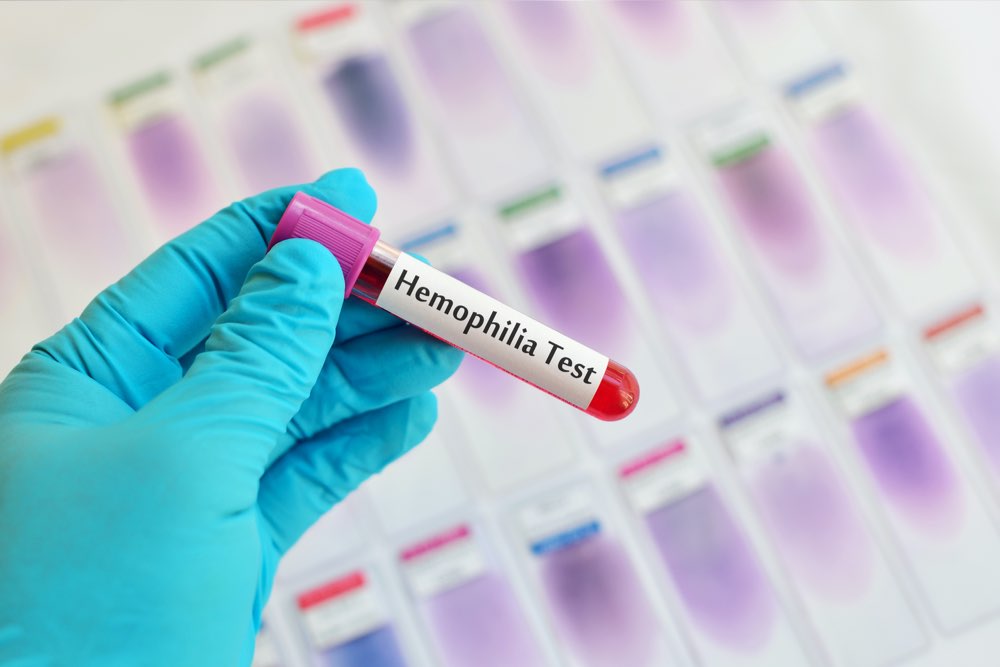Understanding Hemophilia, and Its Management
Hemophilia is a rare genetic disorder causing a person’s blood to clot more slowly than usual or, in severe cases, the inability to clot appropriately. This can lead to severe bleeding in muscles, and internal organs. The most common symptom of hemophilia is easy bruising (or “bleeding”) after injury or surgery. Hemophilia often has no signs at birth but develops after puberty. Various treatment methods are available, and prevention measures can be taken to lower one’s risk.

Types of hemophilia
There are two types of hemophilia: Type A and Type B.
Type A hemophilia : The Type A hemophilia is the most common type, accounting for about 75% of all cases. A deficiency causes it in factor VIII (8). This is called classic hemophilia.
Type B hemophilia : Type B hemophilia occurs when there’s a deficiency in factors IX and XI. This type of hemophilia makes up about 15% of all cases. It is also called Christmas disease.
Hemophilia occurs when the body does not make enough factor VIII (also called hemophilia A), which is needed for clotting blood and controlling bleeding after injury or surgery; this makes it difficult for the body’s immune system to fight off germs that cause infections.
Symptoms of hemophilia
The main symptom of hemophilia is bleeding, which can occur spontaneously or be triggered by injury or surgery. Bleeding may occur during trauma or surgery (including dental treatment). It may also occur during pregnancy and childbirth, when a baby is born prematurely, after an injury to the skin due to burns or wounds from insect bites and stings or cuts from sharp objects such as glass fragments in an accident; this condition is called post-traumatic hemarthrosis.
Hemophilia is a group of bleeding disorders characterized by the inability of blood to clot properly. Various treatment methods are available, and prevention measures can be taken to lower one’s risk.
Treatment methods
Blood transfusions : This is the most common treatment method and involves administering blood products into a person’s body through an intravenous (IV) line or vein. One may need multiple injections per week, depending on the condition’s severity.
Prescribed treatment : Treatment prescribed by a doctor can help reduce the amount of bleeding by speeding up the clotting process, preventing clots from forming in the veins or arteries. And avoiding damage to the joints from swelling caused by blood flow restricted by clots blocking circulation within those areas. These prescriptions are also called clotting promoters.
Management methods
Regular blood tests can help manage the condition.
Self-management t reatment helps prevent bleeding and heal wounds if it does occur. This can be done by direct infusion into the blood through an IV line inserted in the arm or leg vein(s). It also includes clotting factor replacement therapy, which restores damaged clotting factors so that a person has average coagulation ability again.
Surgical procedures such as a hip/knee replacement can be considered if one continues having problems with excessive joint bleeding.
Prevention
Hemophilia is a genetic condition that can be inherited from the mother. A woman can carry the gene of hemophilia without being affected by it. It occurs when there are too few blood clotting factors (proteins) in the body. If a person has hemophilia, the body doesn’t produce enough of these proteins to form clots when needed. The buildup of blood in joints or internal organs causes damage, painful swelling, and bleeding.
Hemophilia is a group of bleeding disorders characterized by the inability of blood to clot properly. Various treatment methods are available, and prevention measures can be taken to lower one’s risk. Hemophilia can be diagnosed with a blood test and is treated using several treatment options.




